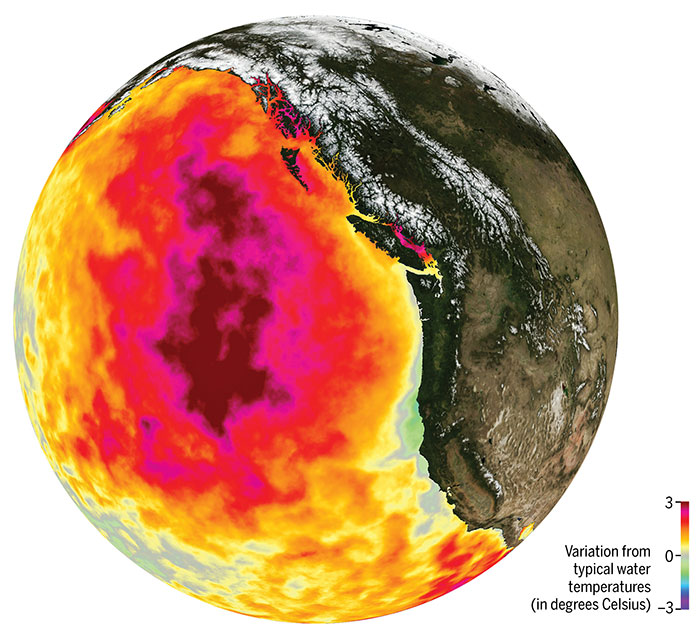A vast marine heat wave, dubbed “the Blob”, has reemerged in the North Pacific Ocean, stretching from Russia’s Kamchatka Peninsula down to California, according to reporting by OPB (Oregon Public Broadcasting). Ocean surface temperatures are several degrees above average, prompting concern among scientists about potential impacts on marine ecosystems and coastal weather patterns.
Local Cooling Provides Temporary Relief
While the warming is intense across much of the open Pacific, cooler upwelling near the coasts of Oregon and Washington has so far mitigated the worst effects. This localized cooling is caused by strong winds pushing surface waters offshore, allowing nutrient-rich, colder water to rise — a process essential to sustaining local fisheries.
Ecological Impacts of Marine Heat Waves
Marine heat waves like “the Blob” can trigger widespread ecological disruptions, including toxic algal blooms, mass die-offs of fish and seabirds, and migration shifts in marine mammals. The original Blob, observed between 2013 and 2015, caused severe consequences along the U.S. West Coast, such as record low salmon returns and collapses in key food webs.
“This new event shows a similar temperature signature to the previous Blob,” said a marine scientist with NOAA. “If it persists into next year, we could see cascading impacts throughout the Pacific ecosystem — from plankton to top predators.”
Monitoring and Climate Concerns
Scientists are tracking the development using satellite data and ocean buoys to monitor the spread and intensity of the heat wave. The reappearance of “the Blob” also raises concerns about long-term ocean warming trends, as climate change is increasing the frequency, duration, and severity of such events.
Coastal communities dependent on fisheries may face another season of economic and environmental stress if temperatures remain elevated, underscoring the fragile balance of ocean ecosystems.

